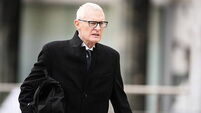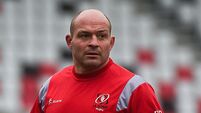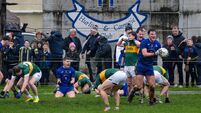Jack Anderson: Did sabotage put Russian curler out in the cold at the Olympics?

The move was prompted by the televised death of British cyclist Tommy Simpson as he climbed Mont Ventoux during the 1967 Tour de France. Simpson’s use of amphetamines was held as a contributory cause of his fatality.
Fifty years later, three athletes have already been caught for doping at the Pyeongchang Winter Olympics. The most interesting of the three is Aleksandr Krushelnitckii who won bronze with his wife in the mixed curling event at the Games.














